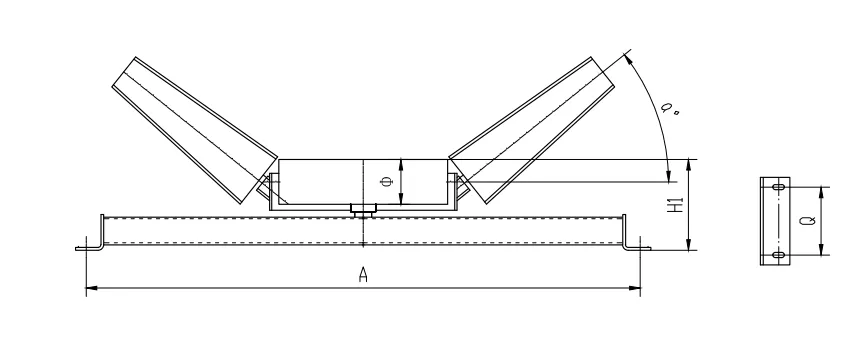 Afrikaans
Afrikaans  Albanian
Albanian  Amharic
Amharic  Arabic
Arabic  Armenian
Armenian  Azerbaijani
Azerbaijani  Basque
Basque  Belarusian
Belarusian  Bengali
Bengali  Bosnian
Bosnian  Bulgarian
Bulgarian  Catalan
Catalan  Cebuano
Cebuano  Corsican
Corsican  Croatian
Croatian  Czech
Czech  Danish
Danish  Dutch
Dutch  English
English  Esperanto
Esperanto  Estonian
Estonian  Finnish
Finnish  French
French  Frisian
Frisian  Galician
Galician  Georgian
Georgian  German
German  Greek
Greek  Gujarati
Gujarati  Haitian Creole
Haitian Creole  hausa
hausa  hawaiian
hawaiian  Hebrew
Hebrew  Hindi
Hindi  Miao
Miao  Hungarian
Hungarian  Icelandic
Icelandic  igbo
igbo  Indonesian
Indonesian  irish
irish  Italian
Italian  Japanese
Japanese  Javanese
Javanese  Kannada
Kannada  kazakh
kazakh  Khmer
Khmer  Rwandese
Rwandese  Korean
Korean  Kurdish
Kurdish  Kyrgyz
Kyrgyz  Lao
Lao  Latin
Latin  Latvian
Latvian  Lithuanian
Lithuanian  Luxembourgish
Luxembourgish  Macedonian
Macedonian  Malgashi
Malgashi  Malay
Malay  Malayalam
Malayalam  Maltese
Maltese  Maori
Maori  Marathi
Marathi  Mongolian
Mongolian  Myanmar
Myanmar  Nepali
Nepali  Norwegian
Norwegian  Norwegian
Norwegian  Occitan
Occitan  Pashto
Pashto  Persian
Persian  Polish
Polish  Portuguese
Portuguese  Punjabi
Punjabi  Romanian
Romanian  Russian
Russian  Samoan
Samoan  Scottish Gaelic
Scottish Gaelic  Serbian
Serbian  Sesotho
Sesotho  Shona
Shona  Sindhi
Sindhi  Sinhala
Sinhala  Slovak
Slovak  Slovenian
Slovenian  Somali
Somali  Spanish
Spanish  Sundanese
Sundanese  Swahili
Swahili  Swedish
Swedish  Tagalog
Tagalog  Tajik
Tajik  Tamil
Tamil  Tatar
Tatar  Telugu
Telugu  Thai
Thai  Turkish
Turkish  Turkmen
Turkmen  Ukrainian
Ukrainian  Urdu
Urdu  Uighur
Uighur  Uzbek
Uzbek  Vietnamese
Vietnamese  Welsh
Welsh  Bantu
Bantu  Yiddish
Yiddish  Yoruba
Yoruba  Zulu
Zulu Prices for Belt Conveyor Rollers and Factors Influencing Their Cost in Industrial Applications
The Price Dynamics of Belt Conveyor Rollers An In-Depth Analysis
Belt conveyor systems play a pivotal role in various industries, facilitating the seamless movement of materials. At the heart of these systems lies a crucial component the conveyor roller. Understanding the price dynamics of belt conveyor rollers is essential for industries aiming for cost-effective solutions while ensuring operational efficiency.
Factors Influencing the Price of Conveyor Rollers
1. Material Composition Conveyor rollers are constructed from various materials, including steel, plastic, and aluminum. The choice of material significantly impacts the cost. Steel rollers, for instance, are often chosen for heavy-duty applications due to their strength and durability, making them more expensive than their plastic counterparts. Conversely, plastic rollers are lighter and resistant to corrosion, appealing for industries that prioritize weight reduction and resistance to harsh environments.
2. Roller Size and Specifications The dimensions of a conveyor roller also play a critical role in determining its price. Larger rollers capable of handling heavier loads will typically cost more due to the increased material and engineering requirements. Additionally, specialty rollers designed for specific applications, such as those with added features for enhanced lubrication or specific coatings, will also incur a higher price point.
3. Manufacturing Processes The complexity of the manufacturing process can affect the final price of conveyor rollers. Rollers produced through advanced techniques, such as precision machining or those incorporating innovative technologies for enhanced performance, may have higher upfront costs. However, these state-of-the-art rollers can often lead to lower maintenance costs and longer lifespans, presenting a compelling long-term value to industries.
4. Supplier and Market Demand The landscape of suppliers greatly influences pricing. Established manufacturers may offer premium products supported by extensive warranties and customer service, reflecting in higher prices. Conversely, newer suppliers may undercut prices to gain market share. Additionally, fluctuations in demand due to seasonal changes or economic conditions can lead to price variations, with increased demand often driving prices upward.
belt conveyor roller price

5. Geographic Location The geographic location of manufacturers and their customers can significantly impact costs. Transportation costs, import tariffs, and regional demand fluctuations all play a part in the final price. For instance, manufacturers located closer to major industrial hubs may have lower shipping costs, potentially allowing them to offer more competitive pricing.
Cost-Benefit Analysis for Industries
When selecting conveyor rollers, industries must balance initial costs with long-term benefits. Although cheaper rollers might seem appealing, they can lead to higher operational costs due to increased wear and tear or failure rates. Therefore, investing in higher-quality rollers might yield better returns, reducing downtime and maintenance expenses.
Market Trends and Future Outlook
As industries continue to evolve, so too do the demands placed on conveyor systems. The push towards automation and efficiency has led to innovations in roller design and functionality. Industry trends indicate a growing interest in eco-friendly materials and energy-efficient designs, which could influence future pricing structures. Companies that adapt to these trends and invest in quality will likely secure competitive advantages in their operational processes.
Conclusion
The price of belt conveyor rollers is influenced by a myriad of factors, including material composition, manufacturing processes, and market dynamics. For industries relying on these essential components, understanding these factors is crucial in making informed procurement decisions. Balancing cost with quality and longevity is key to achieving operational efficiency and sustainability in the long run. Investing wisely in high-quality conveyor rollers today will pave the way for improved productivity and reduced costs in the future.
-
Revolutionizing Conveyor Reliability with Advanced Rubber Lagging PulleysNewsJul.22,2025
-
Powering Precision and Durability with Expert Manufacturers of Conveyor ComponentsNewsJul.22,2025
-
Optimizing Conveyor Systems with Advanced Conveyor AccessoriesNewsJul.22,2025
-
Maximize Conveyor Efficiency with Quality Conveyor Idler PulleysNewsJul.22,2025
-
Future-Proof Your Conveyor System with High-Performance Polyurethane RollerNewsJul.22,2025
-
Driving Efficiency Forward with Quality Idlers and RollersNewsJul.22,2025





























